Teach your child the importance of heart health with fun and educational activities for kids to learn about their heart and its functions. Explore the ways to eat heart-healthy foods and engage in physical activities to strengthen the heart.
Let’s explore these heart activities for kids…
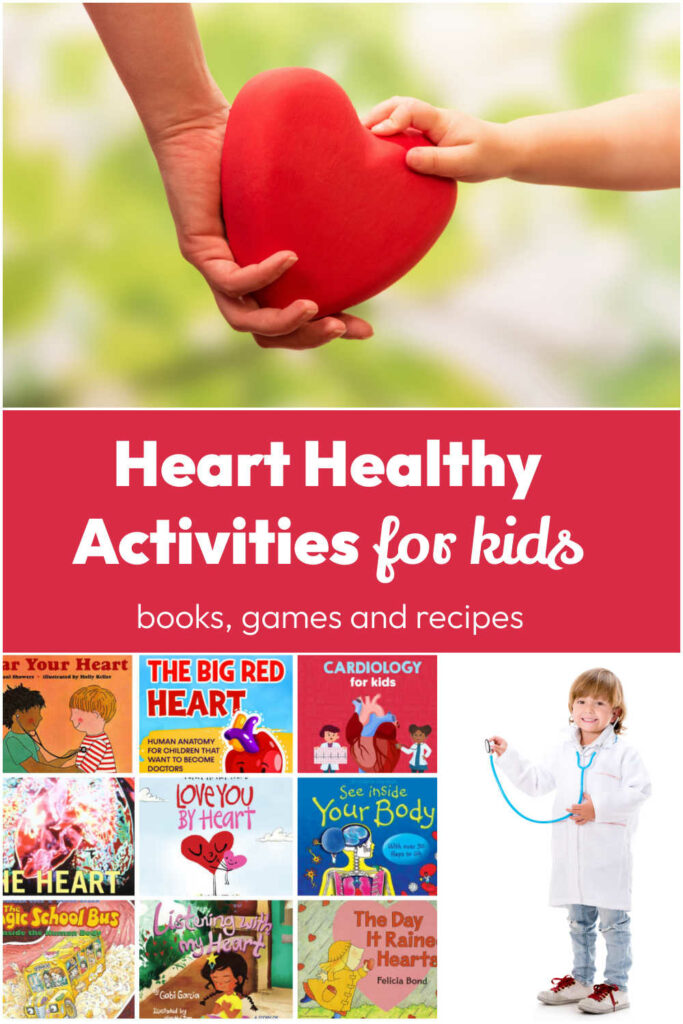
Heart Healthy Tips for Kids
Let’s talk about Eating Heart Healthy Food with Little Hands that Cook with Books! We love our children and want what is best for them and their health. I thought this would be the perfect time to teach our little ones about their heart and how to make it strong and healthy.
In this heart healthy activity we’ll focus on teaching children about heart health and how to keep their hearts strong. You’ll discover a list of heart-healthy books and a recipe for making energy bars with your child.
Plus use these heart-healthy activities, such as a “Can You Feel It?” game to detect heartbeats and a food sorting game.
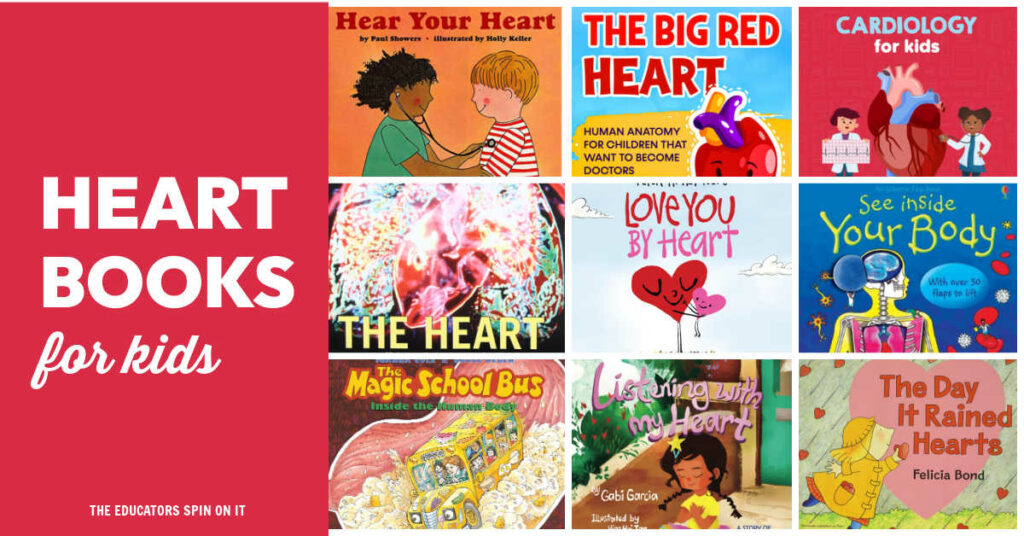
This post contains Amazon affiliate links.
Heart Healthy Books
Here are some books we found to learn about our hearts. {Contains Amazon Affiliate links}
- Hear Your Heart (Let’s-Read-And-Find-Out Science: Stage 1) by Paul Showers
- The Magic School Bus Inside the Human Body by Joanna Cole and Bruce Degen
- American Heart Association Kids’ Cookbook
- Cardiology for Kids: A Fun Picture Book About the Cardiovascular System for Children by Brandon Pham MD and Betty Nguyen
- The Heart: All about Our Circulatory System and More! by Seymour Simon
- The Big Red Heart: The Cardiovascular System for Children by Z.B. Tucker
- See Inside Your Body by Katie Daynes and Colin King
- Listening with My Heart by Gabi Garcia
- Love You by Heart by Peter H. Reynolds
- The Day It Rained Hearts by Felicia Bond
- My Heart is Like a Zoo by Michael Hall
Here are some additional Valetine’s Day Books that fit perfect with the heart topic too!
Make your Heart Healthy Energy Bar
They’re so easy to make at home, not to mention versatile (you can play around with the types of nuts and additional dried fruits you use) We decided it would be fun to make our own Larabar-type energy bars. All you need is a food processor, dried fruit (mostly dates), nuts, and spices.
Here’s a basic recipe (the amounts are approximate) Since you are using a food processor with child present please use extreme caution. Children can be great helpers but this is a perfect time to talk about kitchen safety and following directions at all times in the kitchen.
Heart Healthy Energy Bars
Ingredients
- 1 pound of dates
- 1 cup of nuts (almonds and cashews)
- Handful of dried cranberries
- Couple of dried apricots
- Spoonful of unsweetened cocoa powder
- Handful of coconut flakes
Directions
- Put the dates and nuts into the food processor
- Chop the dates and any other dried fruits that you are using in a food processor(Adult Job).
- Scoop the resulting paste aside
- Finely grind the nuts and spices. (Adult Job)
- Mix the fruits and nuts together, kneading the mixture into a lightly greased pan (or one that is covered in wax paper).
- Flatten the mixture down by covering it with plastic wrap and pressing down and shaping with the back of a spoon.
- Then cool in the refrigerator overnight.
- Cut the mixture into individual bars or use a COOKIE Cutter to create shapes, tightly wrapping each with plastic wrap and storing in the refrigerator
Great Sources for Energy Bar Recipes
- Enlightened Cooking
- Backpacking Light
- Heart Healthy Recipes from the American Heart Association
- Energy Balls for Kids
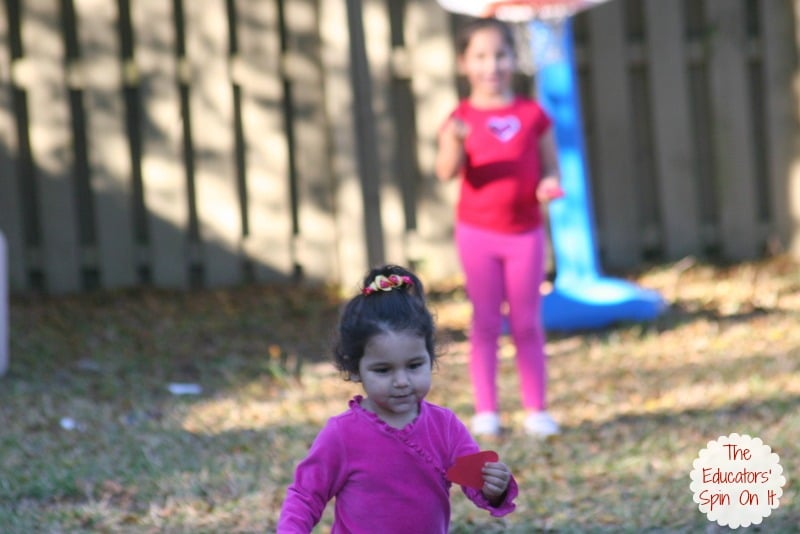
Heart Healthy Activities for Kids
After reading our books about our heart we played a few activities.
- Can you Feel It?
Exercise is so important for children and adults. We spent some time talking about ways that we can move to make our heart move and exercise and made a list.; We also played a game called “Can You Feel it” to find out if we can feel our hearts beating.
As we were doing the lesson I had them feel their hearts during idle moments and then I would have them do different activities to change their heart rates. We recorded our results on which activities made our hearts exercise and added some more suggestions.
Activities for Heart Healthy Game
- Jumping Jacks
- Listening to story
- Push Ups
- Coloring picture
- Sit ups
- Yoga Pose-Butterfly
- Dancing
- Mixing ingredients
- Reading a book
- Mommy and Me Movement Activities
Week 1
Week 2
Week 3
Week 4
Helpful Ideas for Staying Active at Home with Kids
Raising an Active Child
Step by Step Guide to Kids Yoga
Ball Games Your Kids Will Love
Living Room Olympics
Indoor Movement Activities for Snow Days
- Heart Healthy Food Sort
I created pictures of foods that are heart-healthy and foods that are not so healthy. We played a game by sorting them into groups
- Heart Healthy Facts Printable
Printables for Heart Healthy Activities from Nourish Interactive
The American Heart Association recommends this eating pattern for families:
- Energy (calories) should be adequate to support growth and development and to reach or maintain desirable body weight.
- Eat foods low in saturated fat, trans fat, cholesterol, salt (sodium), and added sugars.
- Keep total fat intake between 30 to 35 percent of calories for children 2 to 3 years of age and between 25 to 35 percent of calories for children and adolescents 4 to 18 years of age, with most fats coming from sources of polyunsaturated and monounsaturated fatty acids, such as fish, nuts and vegetable oils.
- Choose a variety of foods to get enough carbohydrates, protein and other nutrients.
- Eat only enough calories to maintain a healthy weight for your height and build. Be physically active for at least 60 minutes a day.
- Serve whole-grain/high-fiber breads and cereals rather than refined grain products. Look for “whole grain” as the first ingredient on the food label and make at least half your grain servings whole grain. Recommended grain intake ranges from 2 oz./day for a one-year-old to 7 oz./day for a 14–18-year-old boy.
- Serve a variety of fruits and vegetables daily, while limiting juice intake. Each meal should contain at least 1 fruit or vegetable. Children’s recommended fruit intake ranges from 1 cup/day, between ages 1 and 3, to 2 cups for a 14–18-year-old boy. Recommended vegetable intake ranges from ¾ cup a day at age one to 3 cups for a 14–18-year-old boy.
- Introduce and regularly serve fish as an entrée. Avoid commercially fried fish.
- Serve fat-free and low-fat dairy foods. From ages 1–8, children need 2 cups of milk or its equivalent each day. Children ages 9–18 need 3 cups.
- Don’t overfeed. Estimated calories needed by children range from 900/day for a 1-year-old to 1,800 for a 14–18-year-old girl and 2,200 for a 14–18-year-old boy.
This eating pattern supports a child’s normal growth and development. It provides enough total energy and meets or exceeds the recommended daily allowances for all nutrients for children and adolescents, including iron and calcium.
Source: American Heart Association
Hope your little ones enjoy learning about their heart and how important it is to our health. If you are looking for more Healthy Eating Tips stop by our Food Groups Series called Balanced Eating Fun from Little Hands that Cooks with Books.
- Fruit Group Books, Activities and Recipe
- Vegetable Group Books, Activities and Recipe
- Meat Group Books, Activities and Recipe
- Dairy Group Books, Activitites and Recipes
- Grains Group Books, Activities and Recipe
Wishing you Happy Healthy Hearts!
You may also enjoy these activities for your child…

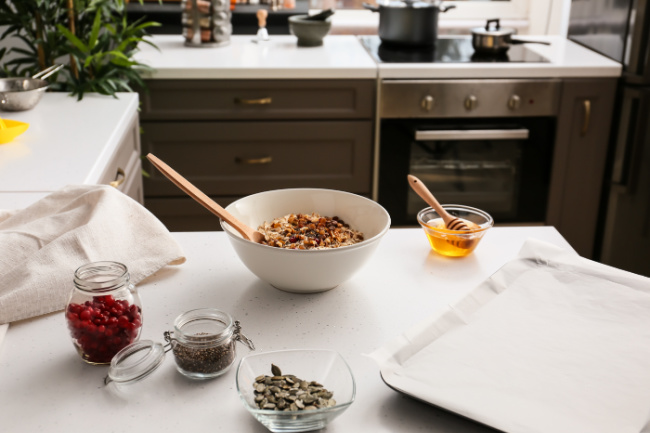
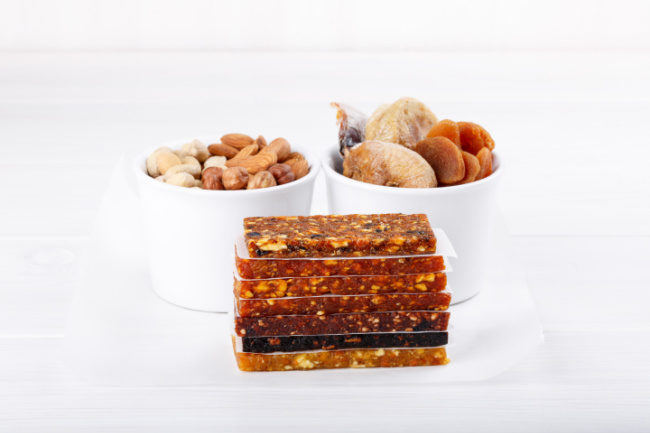
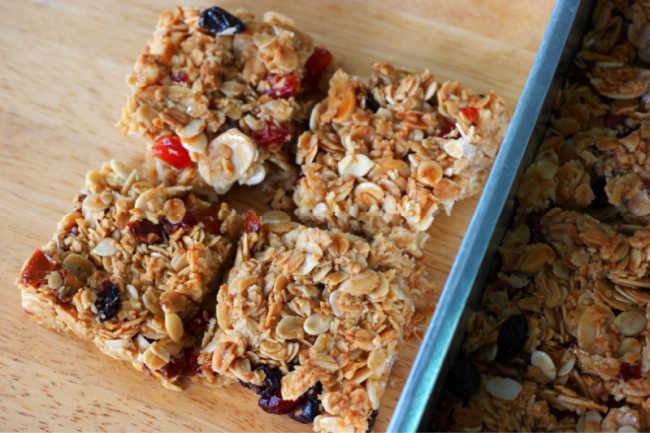
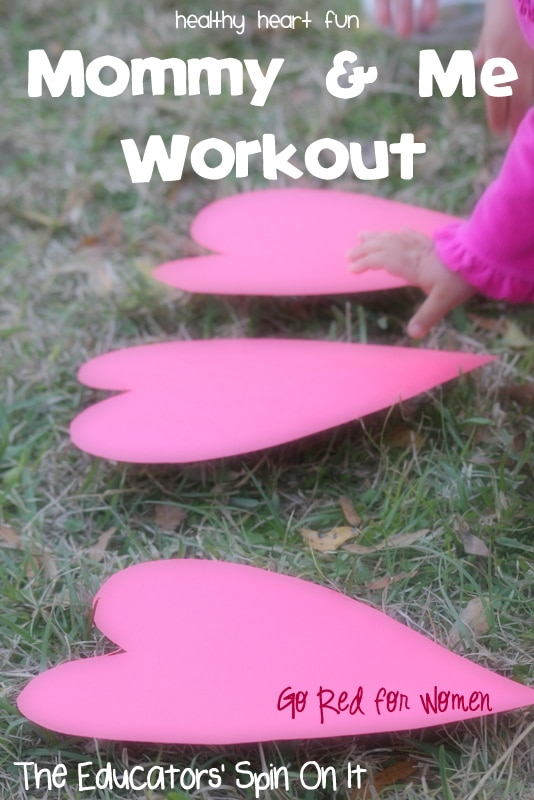

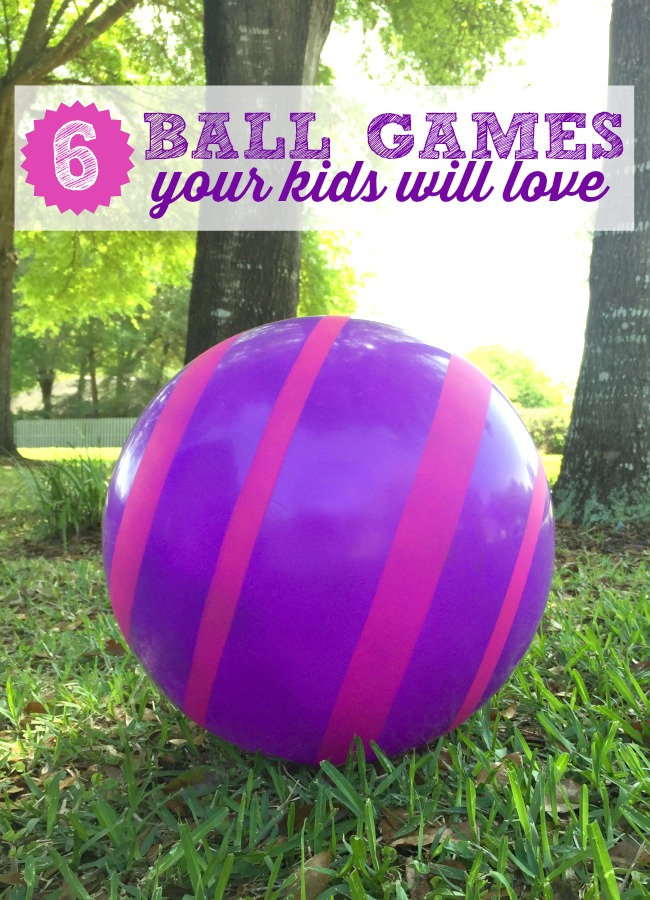
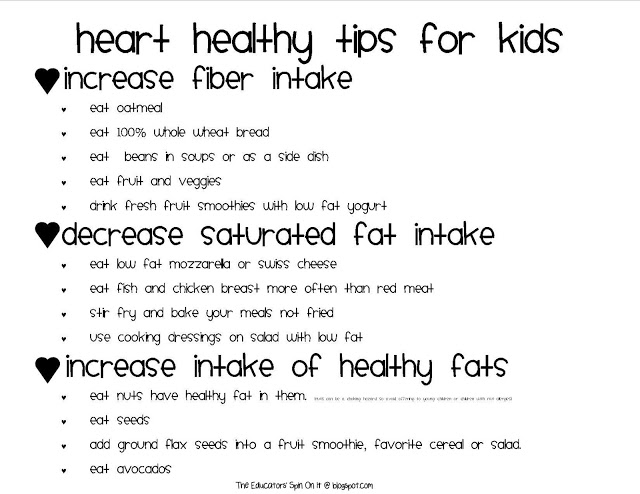
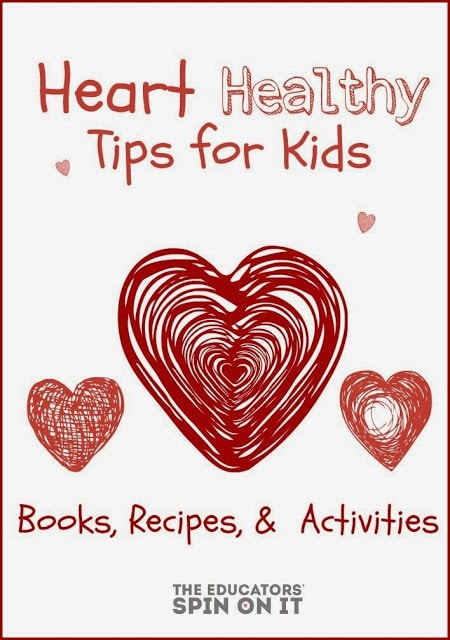

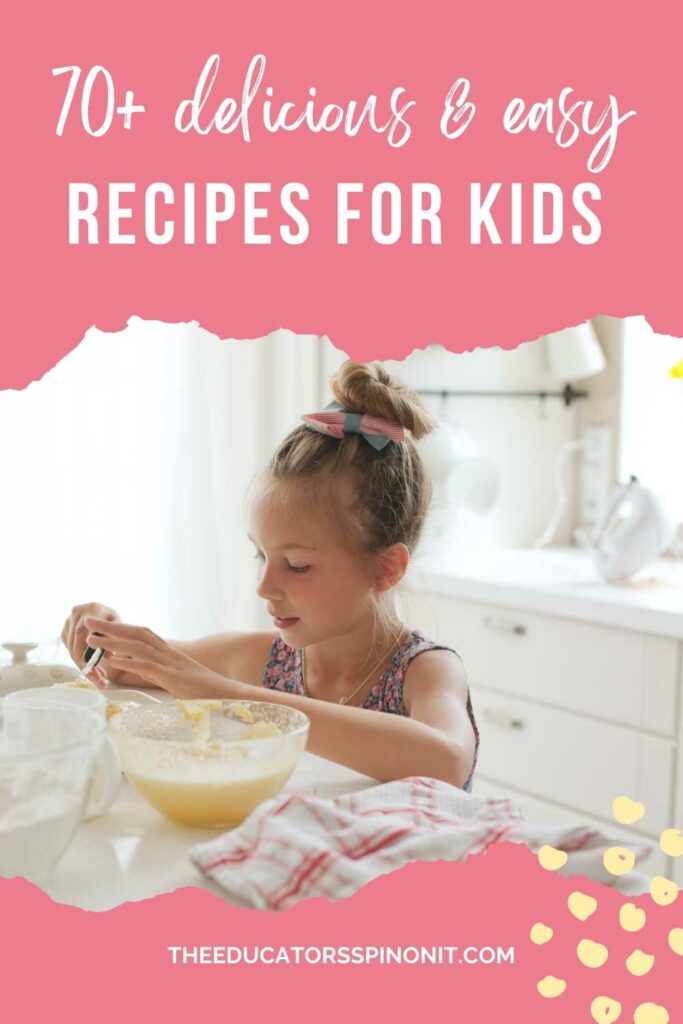

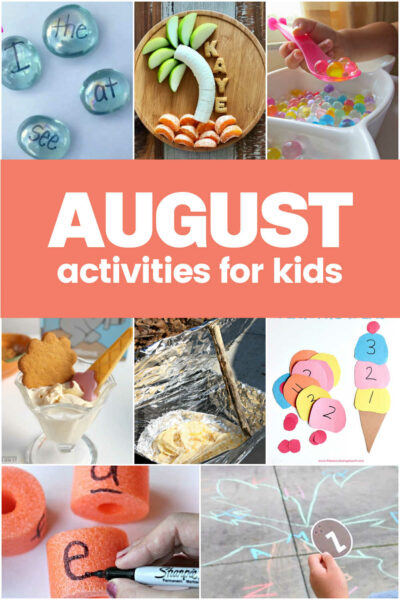
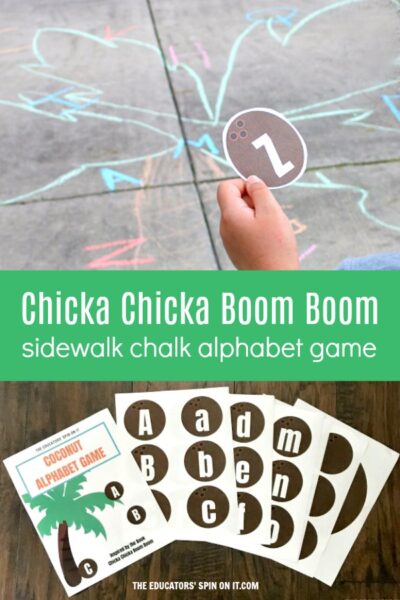
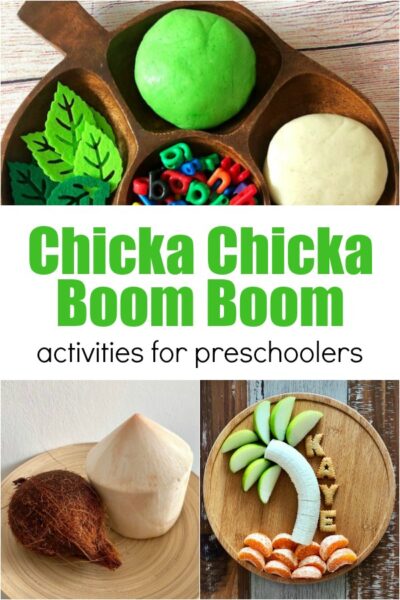



Thanks Raising a Happy Child. That sounds like a great afterschool program when they are teaching life skills and cooking with them.
This is a great write-up. My daughter goes to afterschool program where every week they learn about a different body part and cook things that are good for that body part. They made granola bars for the heart.
Thanks Maryanne! I hope our children grow up knowing what the right things are for a healthy body!
Love all your heart-healthy tips – SO important!!!